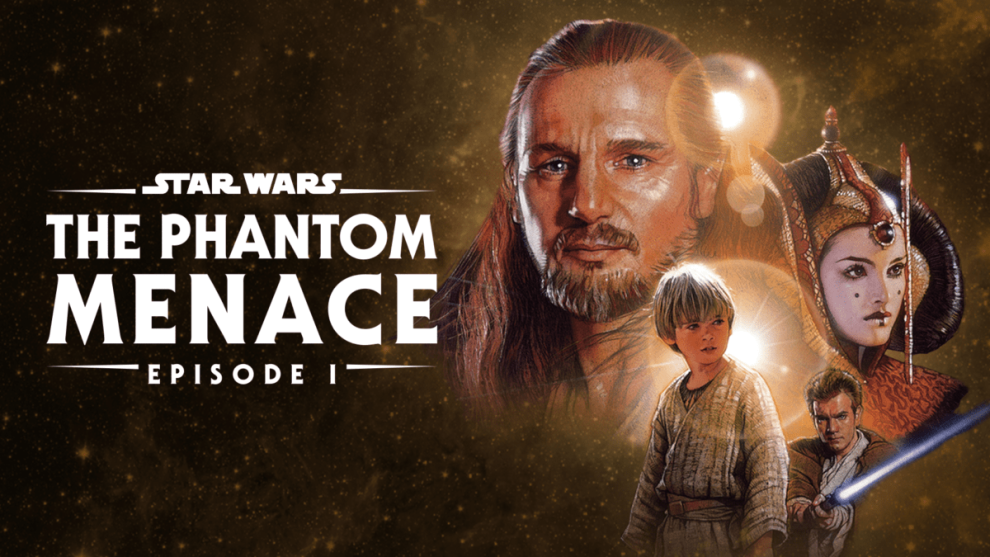As we approach the 25th anniversary of the release of “The Phantom Menace,” I find myself reflecting on what was arguably the most disappointing cinematic experience of my life.
Back then, I didn’t fully appreciate the good fortune I had. Let me elaborate.
I wasn’t anticipating an intellectually enriching visual masterpiece like “2001: A Space Odyssey,” “Close Encounters of the Third Kind,” “Alien,” or “Blade Runner.” However, I did hope for “The Phantom Menace” to deliver an exuberant, action-packed fantasy that could rival the original trilogy, even though “Return of the Jedi” was its weakest link (a second Death Star? Really? Well, fine then).
I watched “The Phantom Menace” at the Torch Theatre with my wife and younger brother, both avid fans of the series. We left the theatre in subdued silence, spending the subsequent hours trying to convince ourselves that we had enjoyed it. Yet, apart from the three-way lightsaber duel, the pod race sequence, Liam Neeson’s dignified portrayal of Qui-Gon Jinn, and a few aesthetic elements, the overall experience felt tedious and disheartening.
Imagine a skip filled with metal tools. Now envision trying to find a few sweets among them.
Several days later, I returned to the cinema, hoping to uncover something I might have missed on the first viewing. Alas, nothing contradicted my initial impression. Armond White fittingly described George Lucas’ creation as “magisterial but leaden.” Watching “The Phantom Menace,” you couldn’t help but recognise the craftsmanship and absolute confidence behind it. Lucas operated with unyielding authority, determined to realise his vision, even if it meant disregarding objections (one might question the necessity of stereotypical “foreign” accents on certain characters instead of using subtitles for nonhuman languages, as done in the original trilogy).
Yet, despite this creative autonomy, “The Phantom Menace” seemed strangely lifeless. It resembled a functioning but unremarkable brick phone when viewed from a distance, revealing itself as merely a paperweight up close.
That being said, I found the latter half of the subsequent film, “Attack of the Clones,” quite enjoyable and almost all of “Revenge of the Sith” to be compelling. In retrospect, I came to appreciate the entire franchise due to its epic tragedy aimed at a middle-school audience—an unusual choice. Formally, the prequel trilogy resembles more of a gallery installation than traditional narrative cinema, as observed by Camille Paglia who hailed it as “the greatest work of art in any medium of the last 30 years,” primarily due to its formal attributes, transforming “Star Wars” into a “digital art-piece” by the third movie.
I’m also intrigued by how the prequels mirror the original trilogy in major events, forming a meditation on free will versus predestination when watched sequentially. Notable recurrent elements include a forced landing on Tatooine, the demise of a mentor by a Sith, an asteroid belt pursuit, and an unexpected plot twist followed by a cliffhanger. The droids reappear, embodying immortal tin-can Shakespearean jesters, providing a self-aware narrative frame around Lucas’ embellishments and recontextualisations. C-3PO, oblivious due to memory wipes, contrasts with R2-D2 who appears to retain his experiences, occasionally unveiling new abilities (including flight) that could have been useful in previous films.
Moreover, the prequels overtly depict counterculture-era metaphors for US foreign policy, diverging from the original trilogy’s Vietnam War narrative. The prequels explore how the executive branch of a democracy gradually usurps authority from the legislature through emergency powers, orchestrating wars that they themselves instigate. The geopolitical commentary becomes more poignant in the second set of “Star Wars” movies, paralleling contemporary events, particularly in the wake of 9/11 and subsequent military conflicts.
In contrast, the MCU films, evolving into incoherence, pale in comparison in terms of political commentary.












